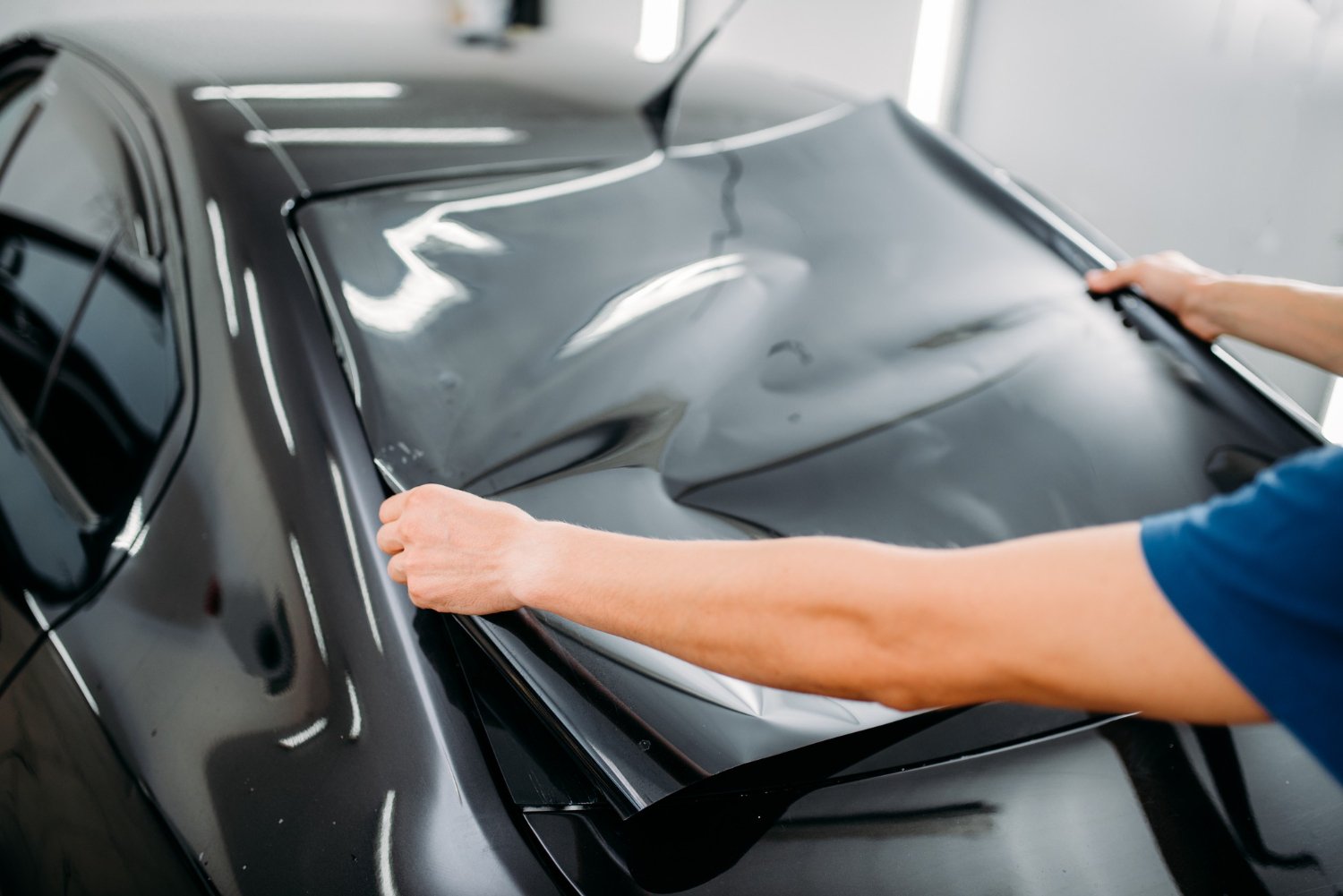Thin Line between Static Cling And Traditional Window Tint
Window tinting is an increasingly popular way to enhance windows' look and functionality in your vehicle. There are two main types to consider when it comes to window tinting: static cling tint and traditional window tint. While both types can help you achieve various benefits, understanding their differences can help you decide when to choose the right window tint for your needs.
Static Cling Tint
Static cling tint is a type of window film designed to be applied to windows without adhesives or other mounting materials. Instead, static cling tint relies on the natural static charge that builds up between the film and the glass to hold it in place. This means that these tints can be easily removed and repositioned as needed, making it a popular choice for those who want to change their window tinting without committing to a permanent installation.
One of the critical benefits of static cling tint is its ease of application. Unlike traditional window tint, which requires adhesive and professional installation, static cling tint can be easily applied by anyone. Additionally, static cling tints can be removed and reused multiple times, making it a cost-effective option for those who want to experiment with different tinting levels or switch up their window decor.
Another benefit of static cling tint is its versatility. Because it does not rely on adhesive, static cling tint can be applied to a wide range of surfaces, including glass, plastic and even metal. This makes it a popular choice for those who want to add privacy or a decorative touch.
However, it is essential to note that static cling tint may not be as effective at reducing heat and glare as traditional window tint. Because it relies on the static charge between the film and the glass, it may not provide the same level of insulation as traditional window tint, designed to block out UV rays and reduce heat transfer.
Traditional Window Tinting
Traditional window tint is a type of window film that is applied directly to the surface of the glass using a unique adhesive. This type of tinting is typically more permanent than static cling tint and requires professional installation for best results. However, the added investment may be worth it for those who want to maximize the benefits of window tinting.
One of the key benefits of traditional window tint is its ability to reduce heat transfer and block out harmful UV rays. This can help to reduce energy costs by keeping your home or business cooler in the summer and can also help to protect furniture and other surfaces from sun damage. Additionally, traditional window tints can reduce glare and improve the overall comfort of your indoor environment.
Another benefit of traditional window tint is its durability. Because it is applied using adhesive, traditional window tinting is less likely to bubble or peel over time. Additionally, many types of conventional window tint are designed to be scratch-resistant, which can help to keep your windows looking their best for years to come.
However, it is important to note that traditional window tint may be more difficult to remove and replace than static cling tint. Additionally, traditional window tint may require professional installation, which can add to the project's overall cost.
Wrapping It Up
Both static cling tint and traditional window tint can help enhance your windows' look and functionality, but understanding the differences between the two can help you choose the right option for your needs. If you are looking for an easy-to-install, cost-effective option that can be easily removed and repositioned, static cling tint may be the right choice.
ProTint Is Your Ultimate Destination
If you are trying to find out the best service for window tinting in Murfreesboro, TN, ProTint Window Tinting is your place. Give us a call and get your car tinted in no time.

